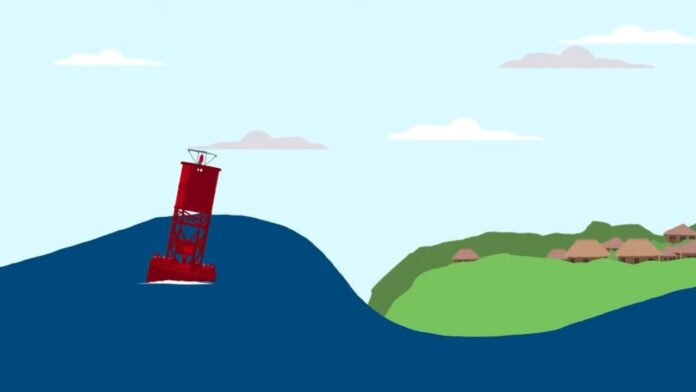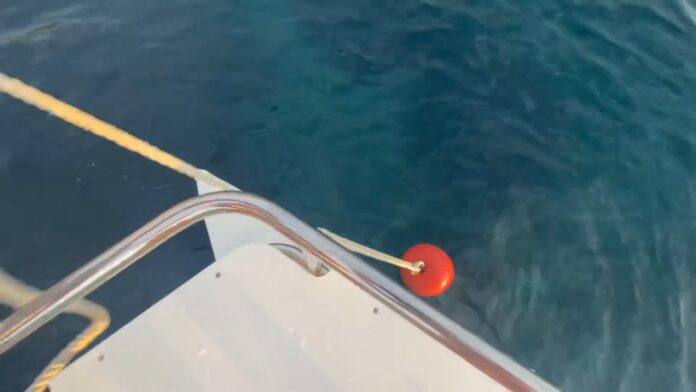
If you’re a friend of the sea, the sea is your friend and mooring is what brought you together. But, if you’re not, you have no idea what mooring is. In essence, it is a process in which you make your maritime vessel secure out on open waters.
When it comes to venturing into the vastness of seas, rivers, and oceans mooring is quite important for all sailors. It doesn’t only aid your vessel, it ensures your safety and that of your cargo too. Out on the open water, you have plenty of enemies including currents, winds, and many other elements of nature.
Even to rookie sailors, the most helpful tool in making a safe mooring is a buoy. They come in many shapes and sizes, and in this article, we are going to provide you with a beginner guide on mooring buoys.
If you want to jump straight to the point, more information about this and many other maritime products you can find if you click here. In the meantime, we’d suggest that you retain a dose of patience and continue reading this article and get informed on the subject of mooring buoys and their types.
What Is a Buoy?

A buoy is a maritime object that can float in water. It is usually positioned in the middle of rivers, seas, and oceans and it serves for ships to be able to tell their location or as a warning sign.
Due to both of these functions, it is usually colored in some shade of fluorescent color. This is their primary function, and the description we gave you is a general one. What this part of the article brings us to is answering what the mooring buoys then.
For one, they can have the same function as the ones we described above. But, with an additional perk. Mooring buoys can be used by ships and other maritime vessels to be moored in the deep waters of seas and oceans.
When a buoy is a mooring one it needs to be much heavier than the regular one which is used only for location and warning signs to be able to maintain the vessel in that precise location. These buoys are connected to an anchor that will be lying down at the bottom of the sea keeping it in the same position floating.
What connects the mooring buoy and the anchor is a set of heavy chains that ensure the safety of both the buoy and the vessel. It is paramount that the buoy remains floating on the surface of the water. When they’re positioned according to instructions all vessels can be moored on them safely and effectively.
The essence of their practical use is to use all the equipment accordingly. You can never be too safe out on the open sea. Now, let’s delve deeper into the subject of types of mooring buoys.
5 Types of Mooring Buoys
As we said at the start, they come in many shapes, sizes, and colors. Below you have the most common ones:
1. Private Moorings Buoys

Every one of us can have a private mooring buoy. You need a license though. When you acquire one you can use your buoy on any navigable water. This license doesn’t make you an owner of the seabed where your buoy is; it only serves to moor your vessel.
The buoy that comes with a private mooring is usually yellow, and this license needs to be renewed every year. Having this buoy is quite useful especially if you venture out on the open seas often.
2. Commercial and Club Moorings
Slowly, we are onto our second type of mooring buoy. Here, you also need a license to own one. However, this license is issued only to special entities. The first one is any type of business that operates in the waters of providing the boating public with any form of marine service.
The second one includes any form of maritime club that is registered as a club or an association. Think of sailing clubs and boating associations. This buoy is usually colored orange or in the case of clubs colored red. The license in question is a commercial one and it is issued annually.
3. Emergency Moorings

When you spend a lot of time out on the open sea an emergency will come your way sooner than later. This is where these mooring buoys step in. What you need to know is that only sea vessels with a permit are free to use these spots.
The same goes for clubs/associations and private buoys. Emergency mooring buoys have the color blue. They are used by emergency services out on the sea and they’re the only ones with an issued license.
Think of the police or Coast Guard. If you do belong to any of the official users of emergency buoys you need to be extra special around them as using them without a permit is a punishable offense and is susceptible to penalties.
4. Public or Courtesy Moorings
These mooring posts are given to the general public at no charge. They’re usually used in public mooring spots to provide anchoring spots for vessels. But, what’s important to know is that they’re used only temporarily.
Any commercial vessel can make use of them, but you are not permitted to leave your boat unattended. When used, it is allowed to have only a single vessel tied to a courtesy buoy. These buoys are painted pink and are usually used in public areas for a period of no longer than 24 hours.
5. Hybrid Environmentally-Friendly Moorings

Here, we are talking about unique types of buoys. Hybrid ones are installed in areas where there is maritime life to be protected. We are talking about areas where there are corrals, rare sea grass, or animals that need to be protected in areas where ships need to moor.
This is what makes them environmentally friendly. They avoid the use of anchors and heavy chains that could damage the seabed and the maritime environment in any way.
Bottom Line
The next time you set out to the sea you will know a thing or two about mooring buoys you didn’t know up until today. Above you have some basic info on buoys themselves and the types you can encounter out on the open sea.
Knowing these little peculiar facts can make a difference between a safe voyage and a night on the rough sea.



